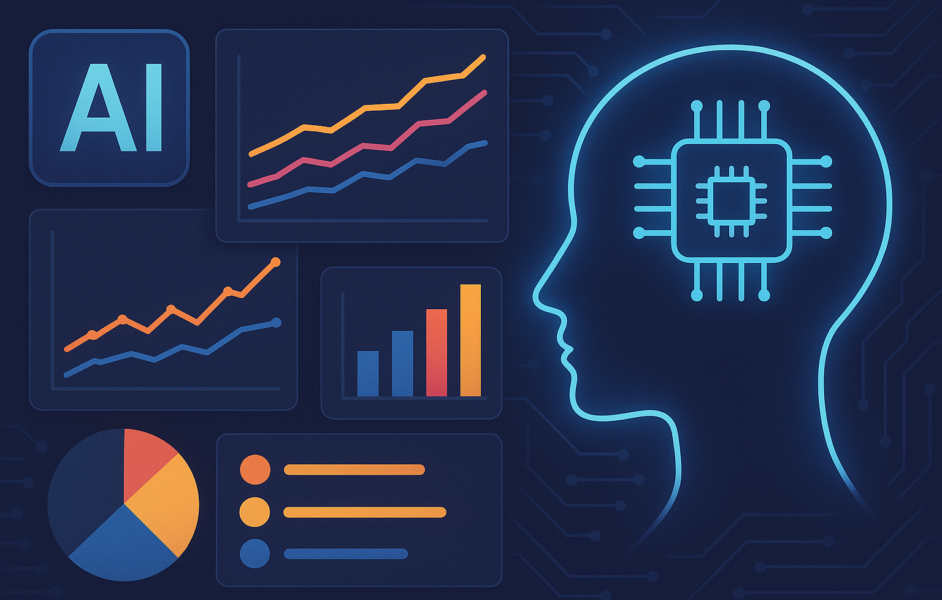The Changing Landscape of Artificial Intelligence: Insights from the 2025 AI Index Report
Artificial intelligence (AI) continues to redefine various sectors of society, from healthcare and education to business and daily life. As this technology evolves, understanding its current state and future trends becomes increasingly important. The Stanford Institute for Human-Centered AI (HAI) has been tracking AI’s growth and challenges through its annual AI Index Report, offering a comprehensive and data-driven overview. In its eighth edition for 2025, the report provides critical insights into the rapid advancements in AI, including breakthroughs in research, expanding real-world applications, and the growing global competition in AI development. It also highlights the ongoing challenges related to governance, ethics, and sustainability that need to be addressed as AI becomes an integral part of our lives. This article will explore the key takeaways from the 2025 AI Index Report, shedding light on AI’s impact, current limitations, and the path forward.
AI Research and Technical Progress
The report highlights that AI has made extraordinary technical strides in performance and capability over the past year. For instance, models have achieved a performance increase of up to 67% in newly introduced benchmarks like MMLU, GPQA, and SWE-bench. Not only are generative models producing high-quality video content, but AI coding assistants have also begun outperforming human programmers in certain tasks.
…
-
What is the current state of AI in 2025 according to Stanford’s latest AI Index Report?
- According to the latest AI Index Report from Stanford, the state of AI in 2025 shows significant progress and advancements in various areas such as natural language processing, computer vision, and robotics.
-
How has AI technology evolved since the last AI Index Report?
- The latest AI Index Report shows that AI technology has continued to evolve rapidly since the last report, with improvements in AI algorithms, hardware, and data availability leading to more powerful AI systems.
-
What are some of the key takeaways from Stanford’s latest AI Index Report?
- Some key takeaways from the latest AI Index Report include the growing impact of AI in different industries, the increasing use of AI in everyday applications, and the rising investment in AI research and development.
-
What are the potential challenges and risks associated with the widespread adoption of AI in 2025?
- In 2025, some potential challenges and risks associated with the widespread adoption of AI include job displacement, ethical concerns around AI decision-making, and cybersecurity threats related to AI systems.
- How can businesses and organizations prepare for the future of AI in 2025 based on Stanford’s latest AI Index Report?
- Businesses and organizations can prepare for the future of AI in 2025 by investing in AI talent and training, adopting AI technologies to improve efficiency and innovation, and staying informed about the latest developments and trends in the AI landscape.
Related posts:
- Key Findings from Stanford’s AI Index Report 2024
- The Impact of Artificial Intelligence on the Future of Democratic Discourse
- Reevaluating the Scaling Laws in Artificial Intelligence Development
- Is it Possible for AI to Ace Human Cognitive Tests? Investigating the Boundaries of Artificial Intelligence


No comment yet, add your voice below!